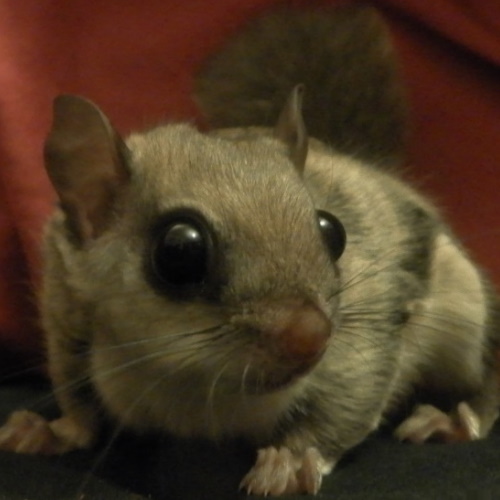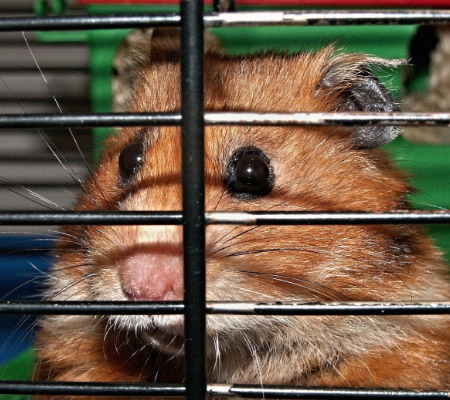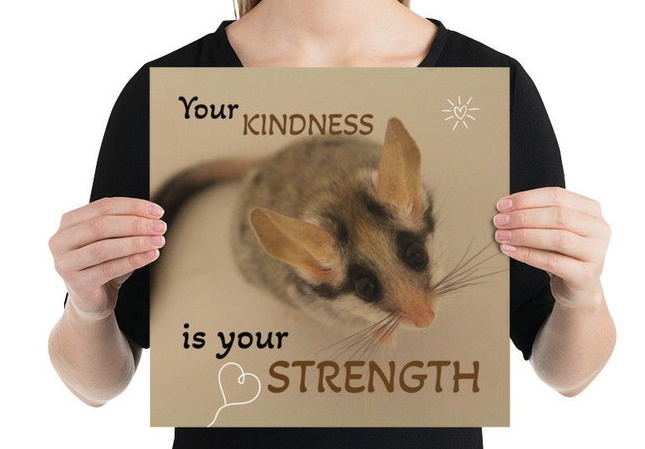Why Modular Systems are Bad for your Pet
Author: Christine, of Crittery Exotics
Now as soon as you step into most pet shops, you are likely to see a large range of colourful, plastic modular cages such as Rotastak and Habitrail. The marketing of these is set to appeal mostly to children, with the gimmicky designs of a castle or space pod On the surface they may seem like a good idea, why not get your child something that makes pet ownership fun? After all, rodents like tunnels and don't need much space, right?
Well no. Amongst the Five Freedoms stated in the Animal Welfare Act of 2007 are an animal's right to exhibit natural behaviour; modular systems do not mimic the natural environment of any pet animal. Only naked moles rats live in burrows, most animals just go to them to sleep. And no animal naturally is restricted to such a small living space the floor print of most 'basic' rotastak setups is much smaller than the tanks a lot of reputable rodent keepers use to place their animals in whilst their home is being cleaned out! Although we clearly cannot emulate the range of a wild animal, your pet is entitled to enough space to allow it to be happy.
There are serious ventilation problems which mean that without a lot of care and customisation, your beloved pet will develop serious health problems that may shorten its lifespan especially if the problem is compounded by use of an inadequate substrate such as sawdust. There are no vents in the tubes, and the "kidney pods" are also virtually vent free.
In addition, none of those units will give opportunities for essential enrichment - such as the 8 inch wheel that is the minimum size suitable for a Syrian hamster and for some larger mice. There is no opportunity for bar climbing, something female mice in particular adore, and no place to hang hammocks or rope toys to keep your pet entertained or to provide sleeping areas.
The lack of proper corners can be distressing to a rodent, and modular systems can make it very hard to coax an untame hamster out. They also take a very long time to clean - tubes need to be washed with a bottle brush as they are one solid unit, and then you need to spend time making sure all the clips are in place so your animal doesn't push its way out.
Although the space problems are lessened if you go for a pair of dwarf hamsters rather than one syrian, these just have their own set of problems. Having the separate, but connected, sections means that your hamsters may well decide to 'claim' a section each so the likelihood of fighting is increased. Also some of the curves in pre-made basic sets are too steep for the smaller hamsters to navigate.
Whilst it is possible to have enough main units connected to make a minimum living space, its is extremely expensive to do so. Although Habitrail is slightly better designed and has some better sized main items, they still will take up much greater actual physical space than a decent cage such as a Savic Cambridge, Imac Fantasy, Hamster Heaven or Gabber Rex.
In addition, the 'minimum' space is hardly something to aspire to it is like suggesting to your children that once they move out they should spend their entire life in a studio flat that has permanent problems with damp and no place for a TV. Instead you should always go as large, and as enriching, as possible why not aspire to something like this IKEA made custom hamster home?

Christine
Christine runs Crittery Exotics and is an experienced animal keeper & content writer.
About Crittery

